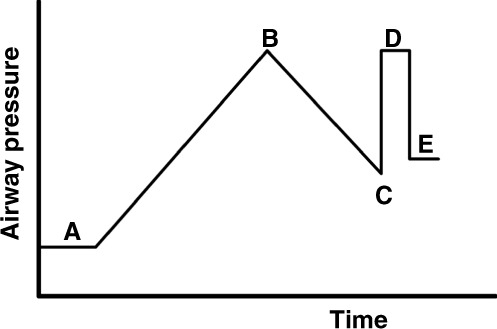Fig. 4. Schematic presentation using oxygenation to optimize lung volume in preterm infants.

At the start (A), airway pressure is low, and FiO2 is high, indicating a high degree of atelectasis and intrapulmonary shunt. Over time, airway pressures are stepwise increased, resulting in alveolar recruitment, a reduction in intrapulmonary shunt, and an improvement in oxygenation. The latter will allow a stepwise reduction in FiO2, thus preventing hyperoxia. Airway pressure is increased until target FiO2 indicating optimal recruitment is reached or oxygenation no longer improves (B). The pressure level at point B is called the opening pressure (Po). Airway pressure is stepwise reduced until FiO2 starts to increase, indicating alveolar derecruitment (C). This pressure level is called the closing pressure (Pc). After re-opening collapsed alveoli with the known Po (D), airway pressure is set 2 mbar above Pc to ensure the stabilization of lung volume (E).
